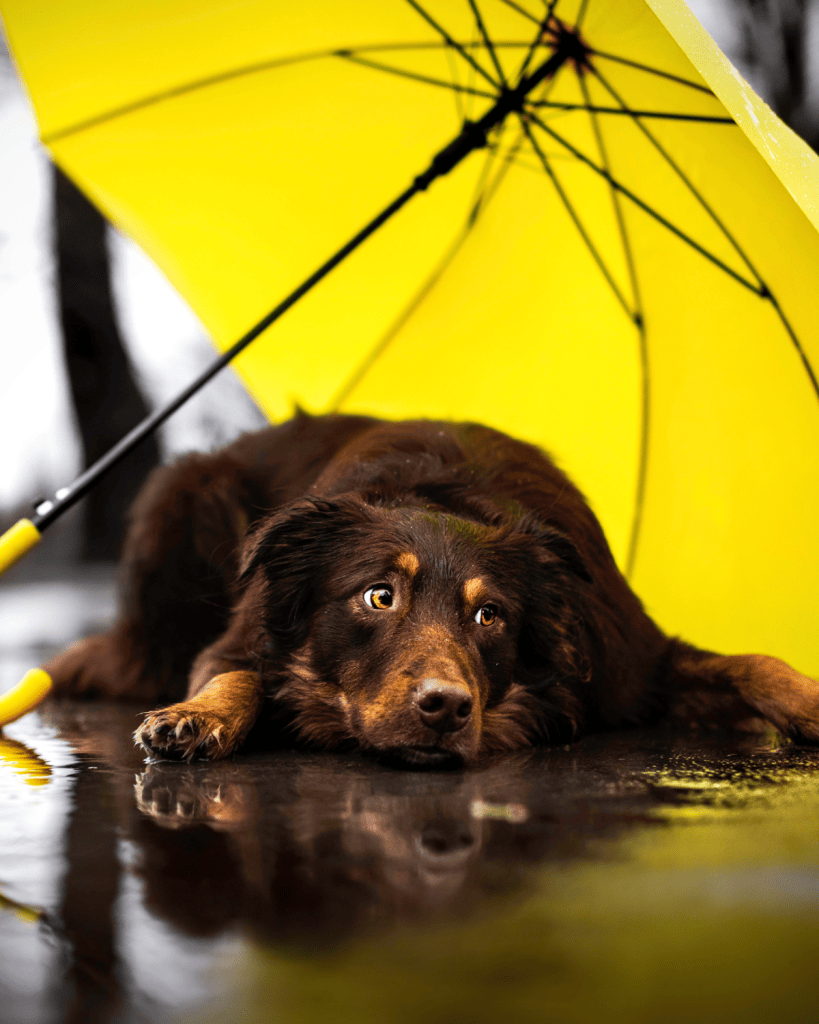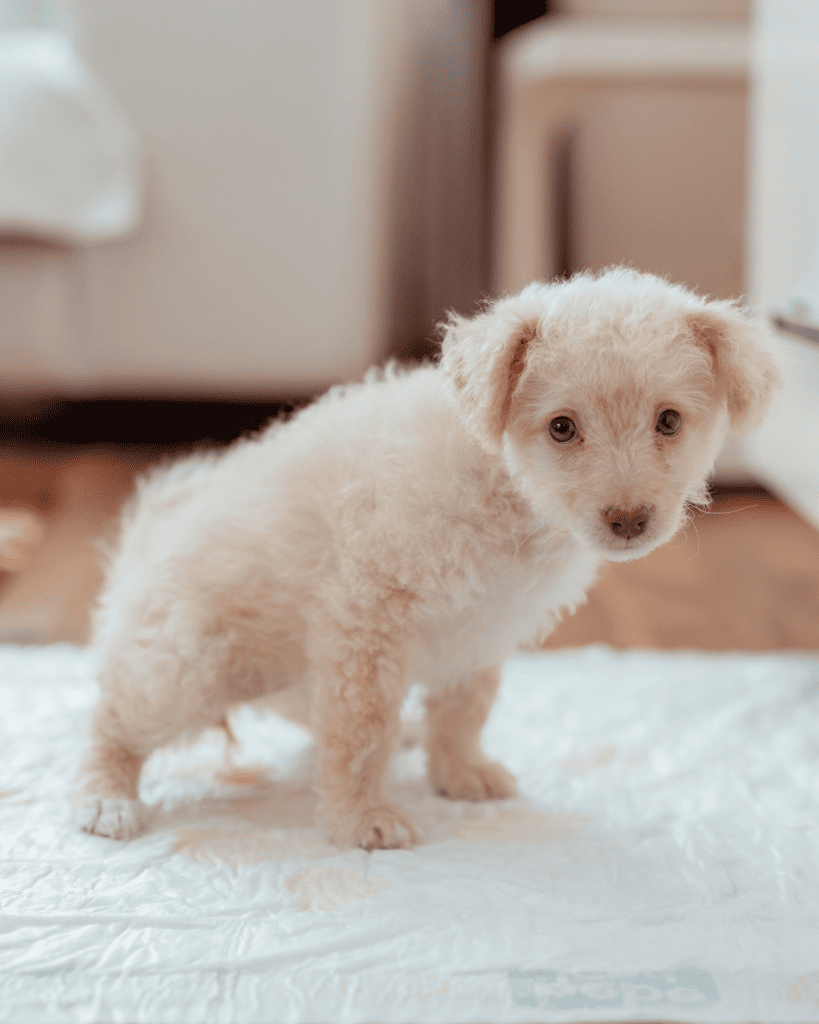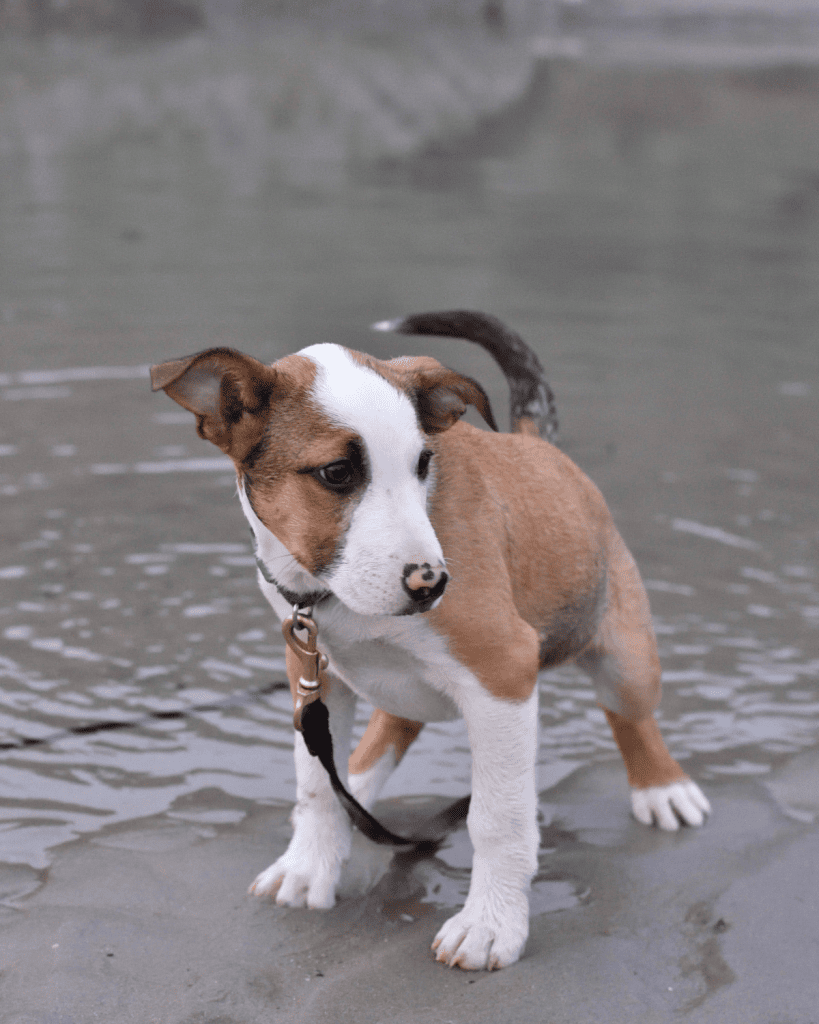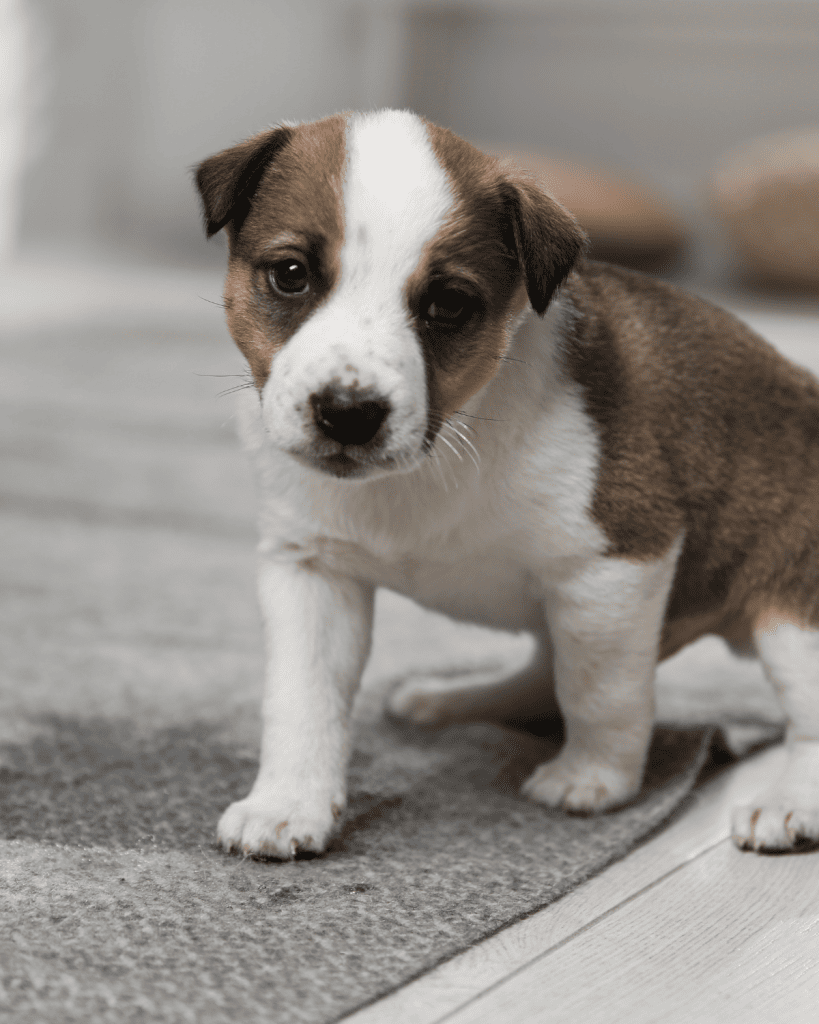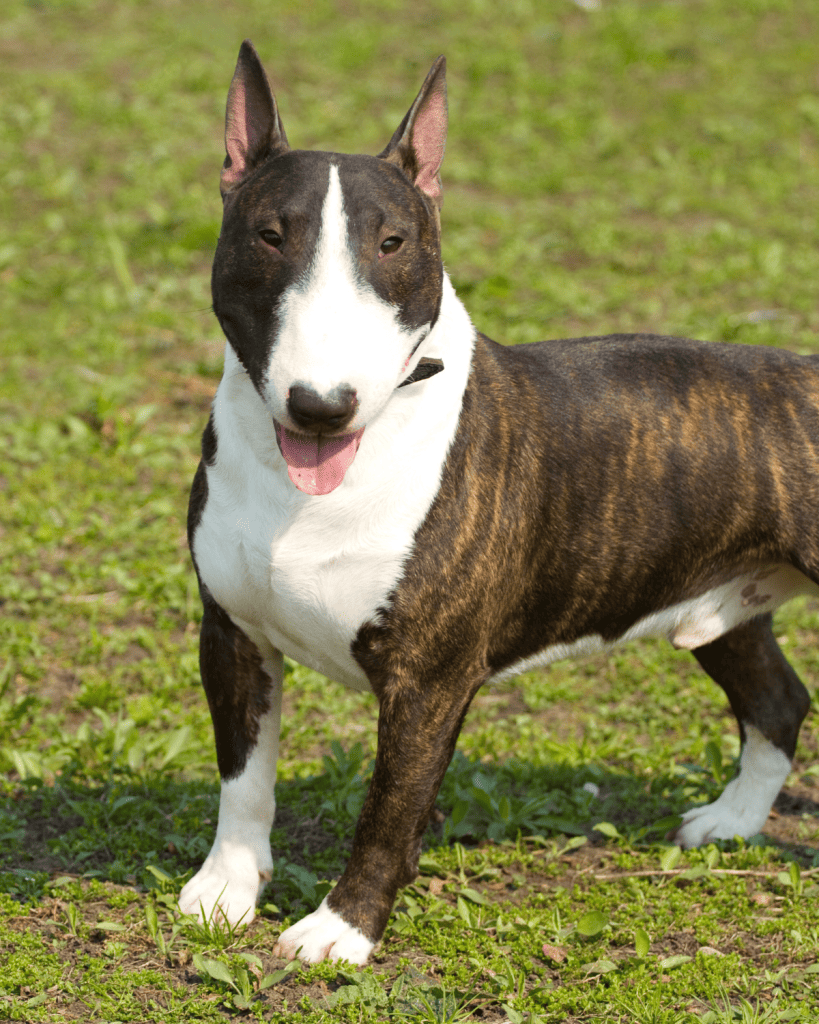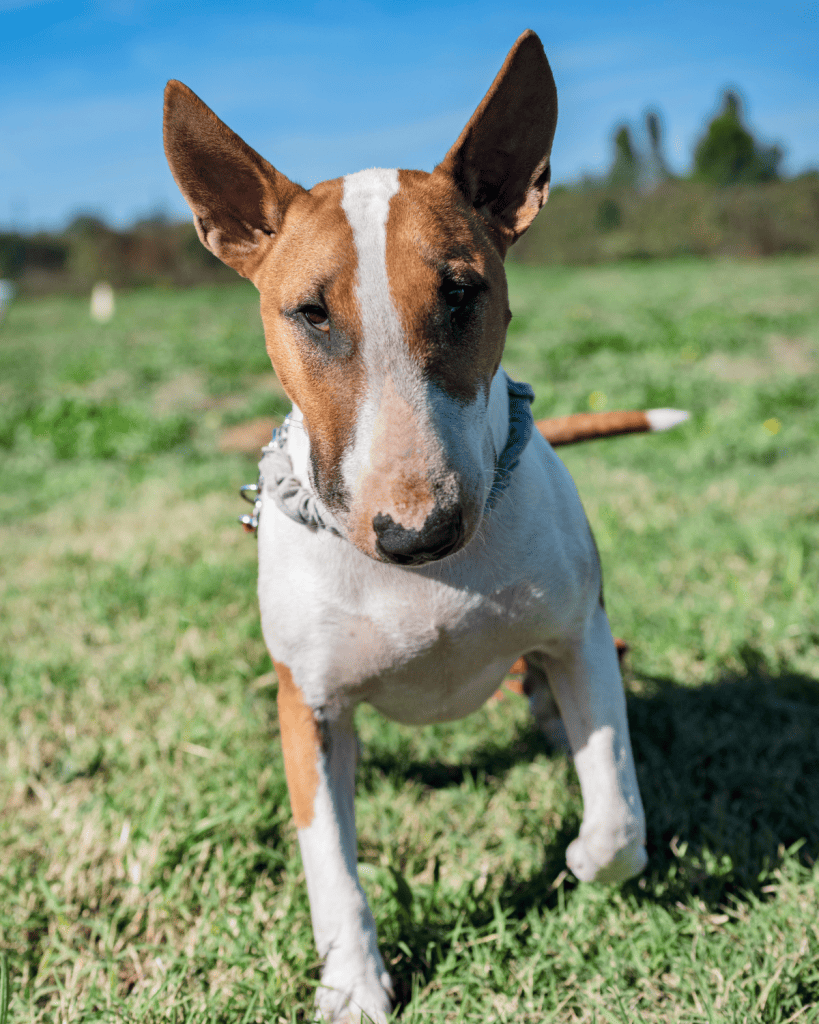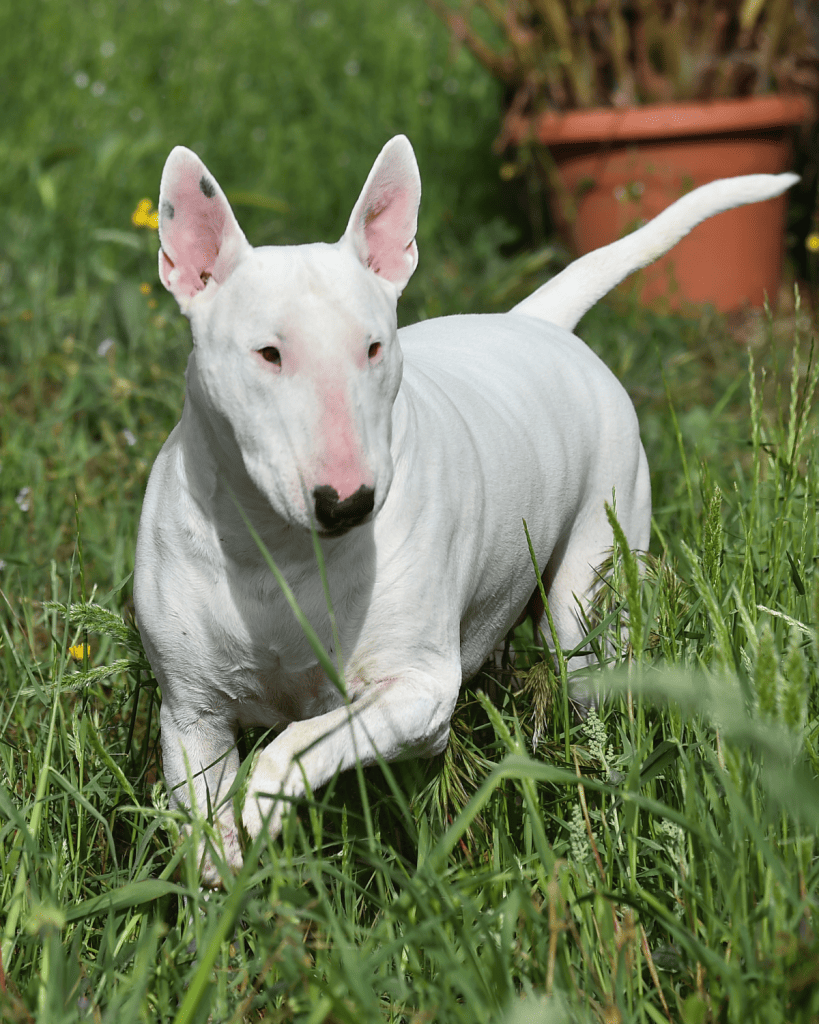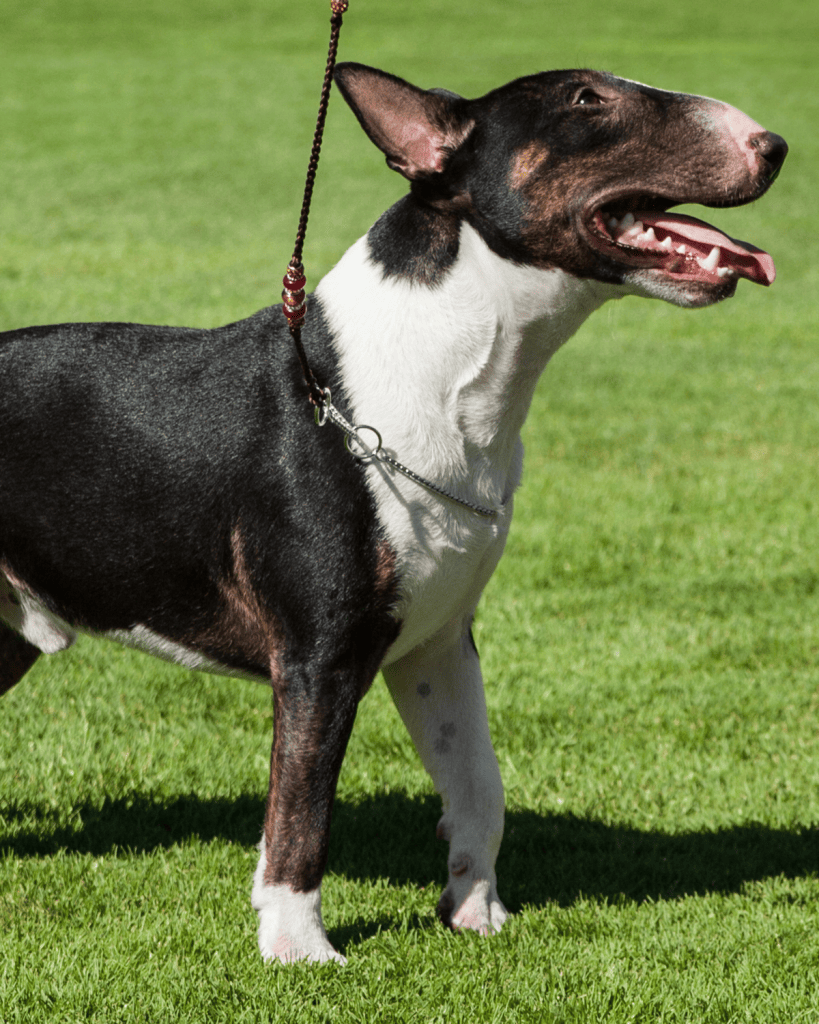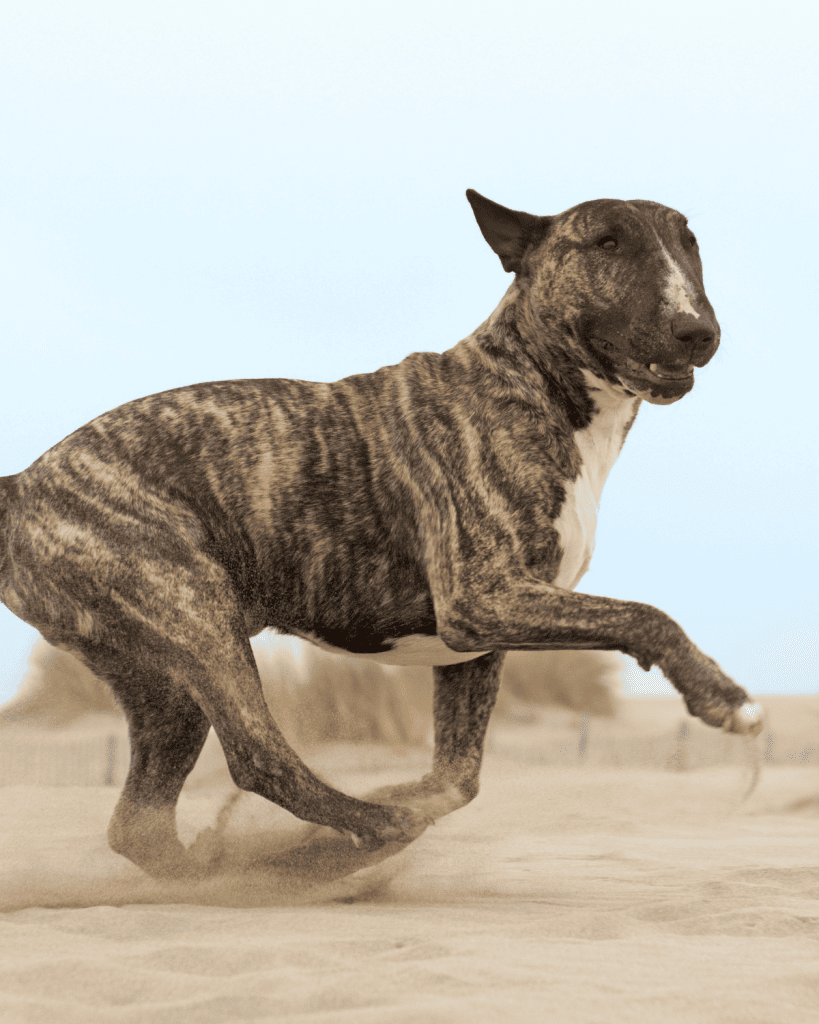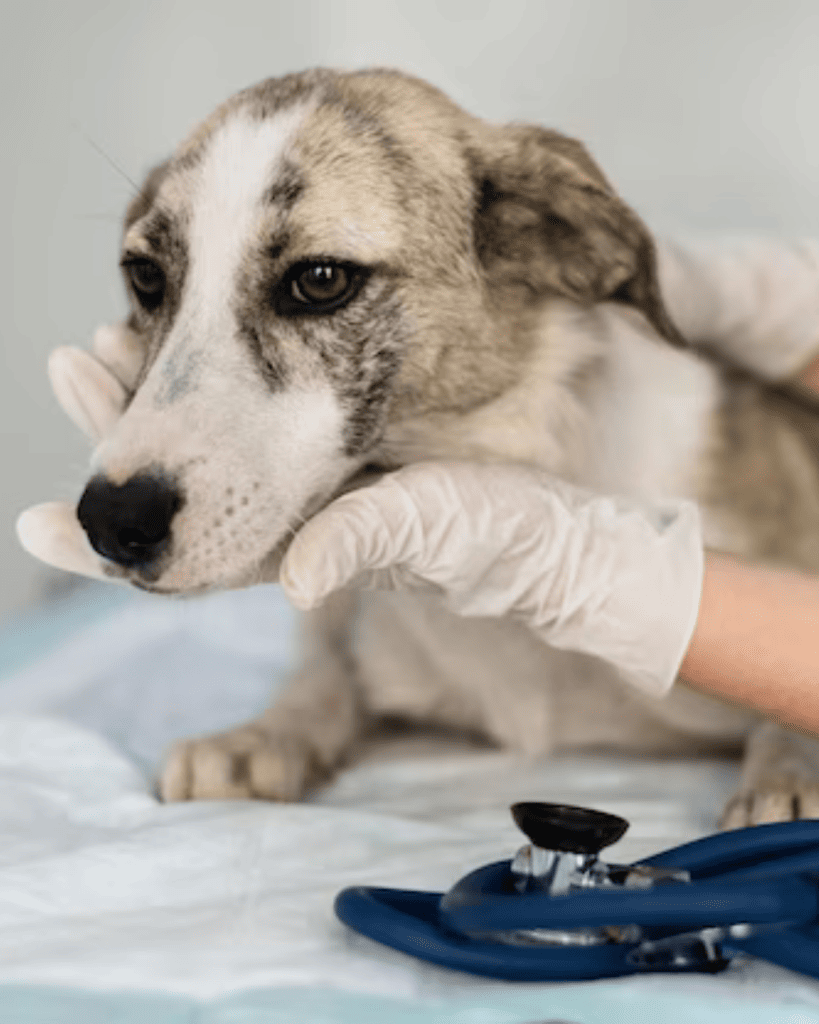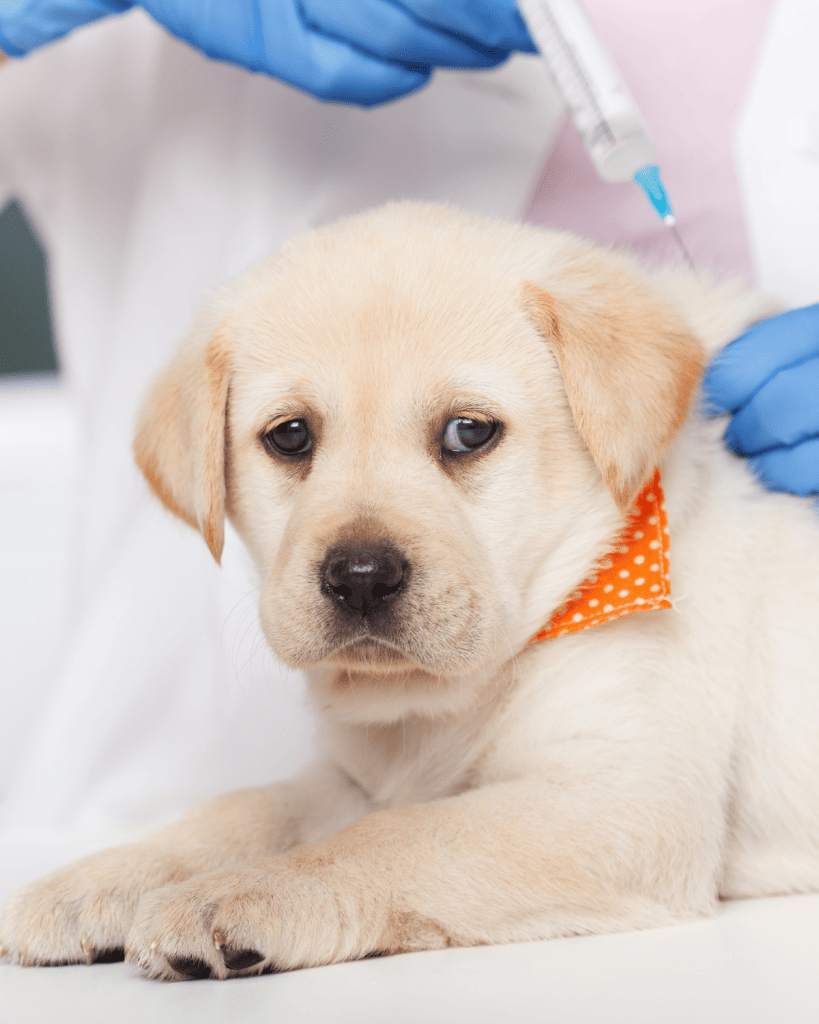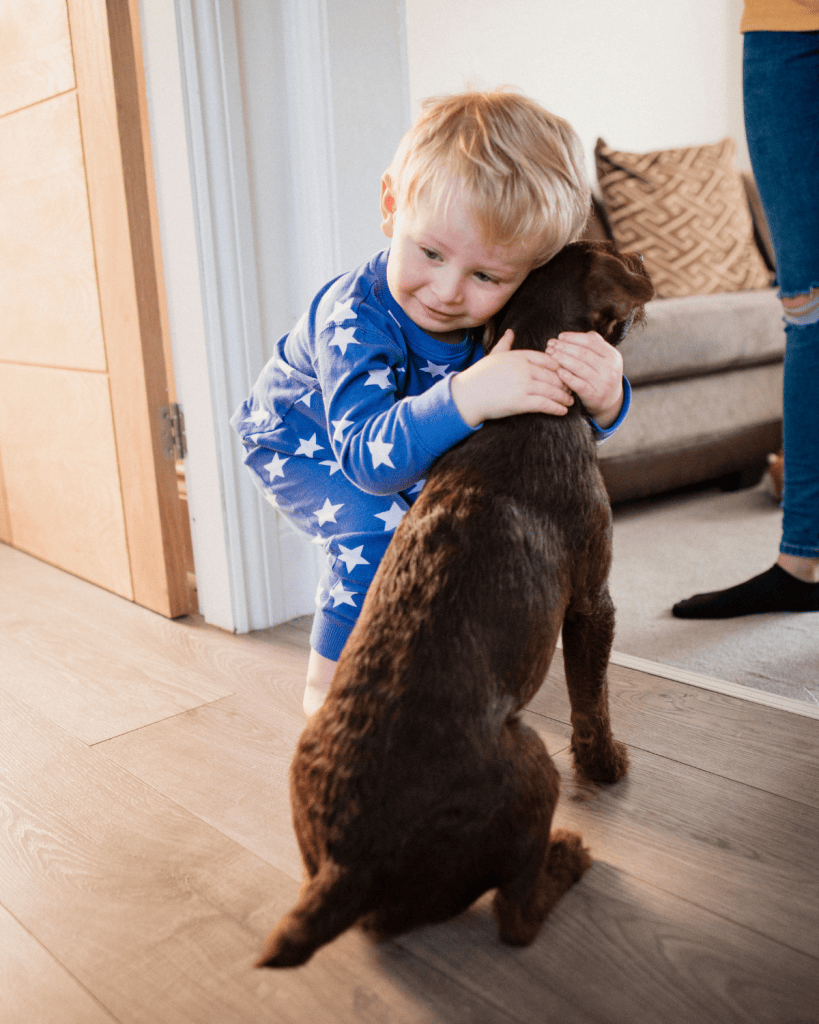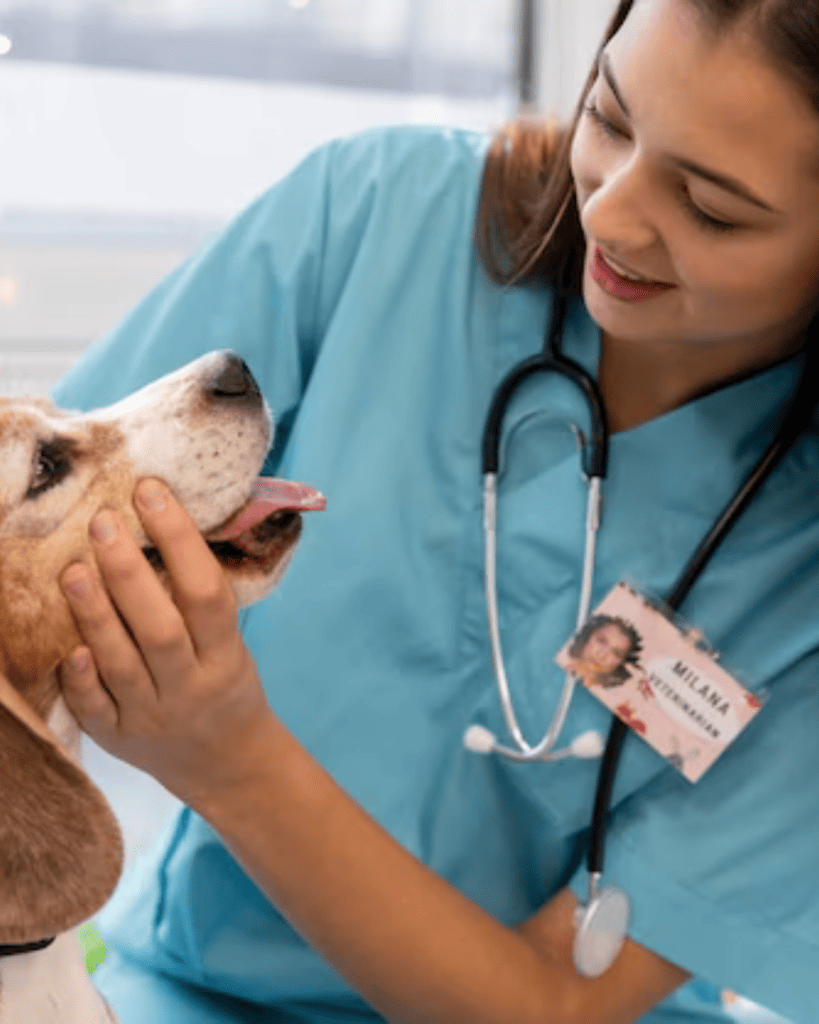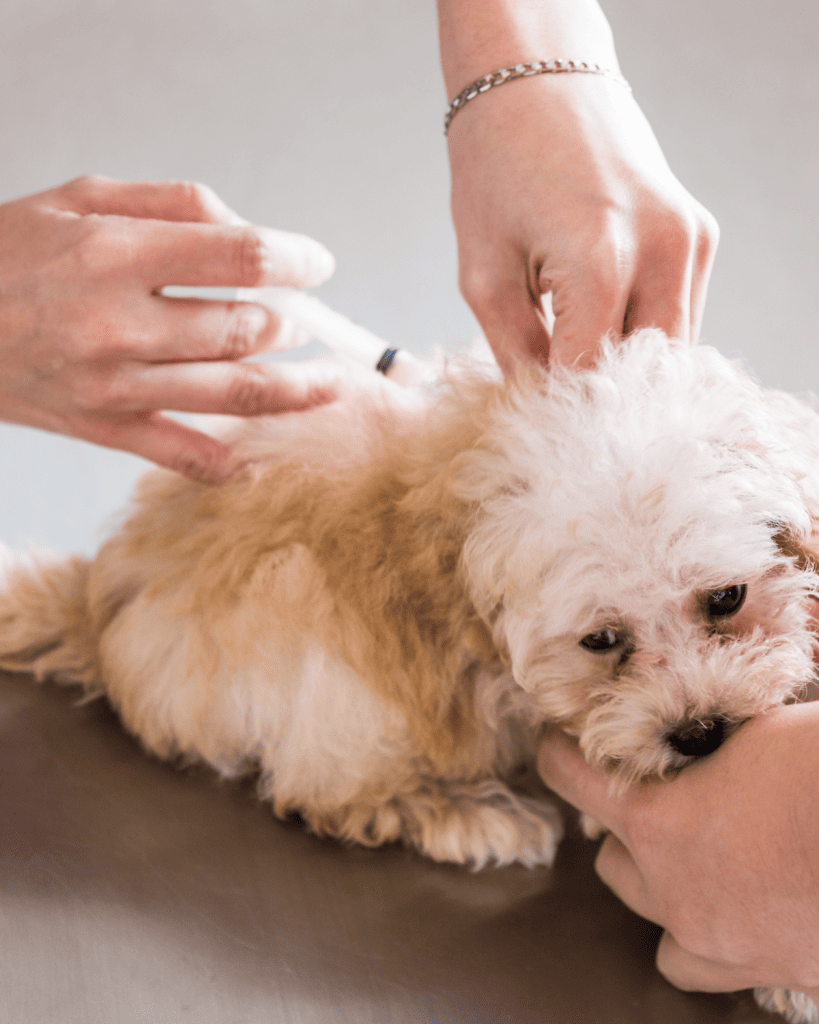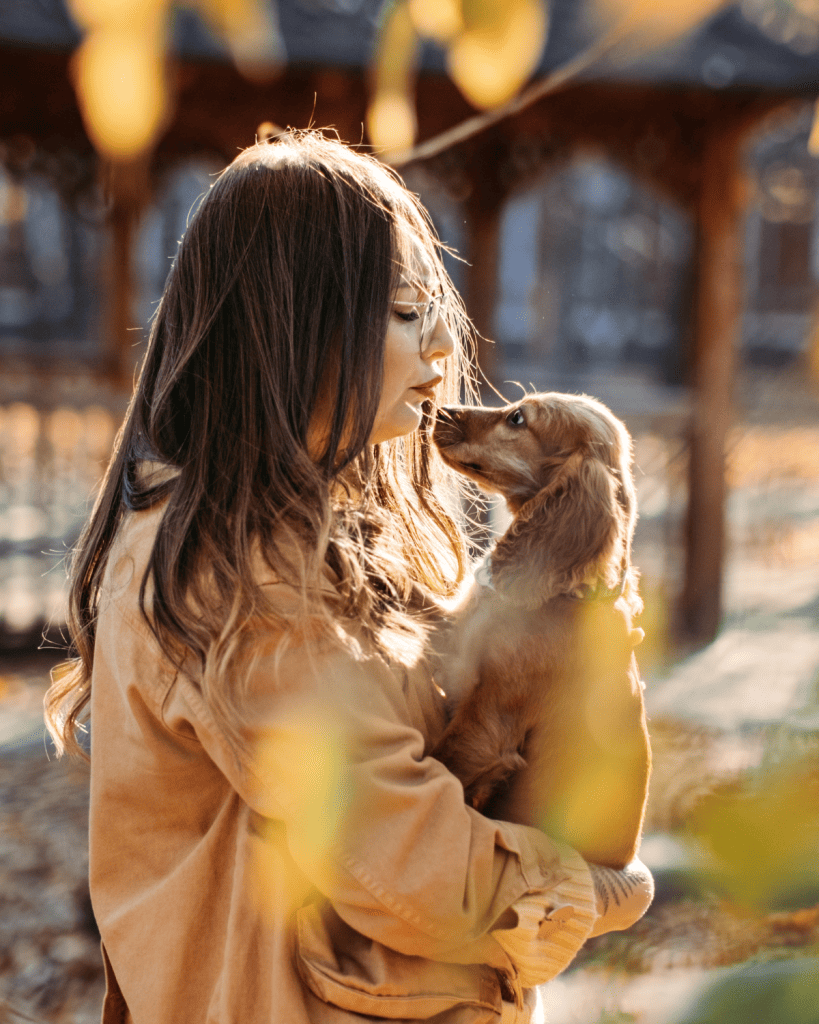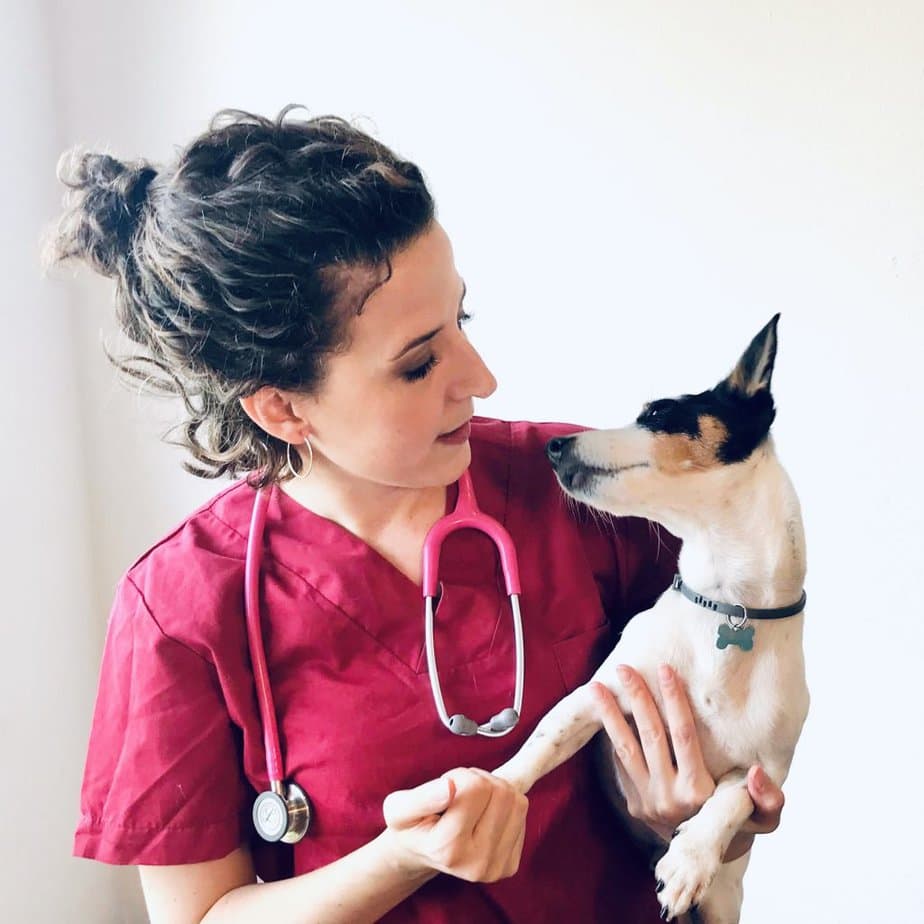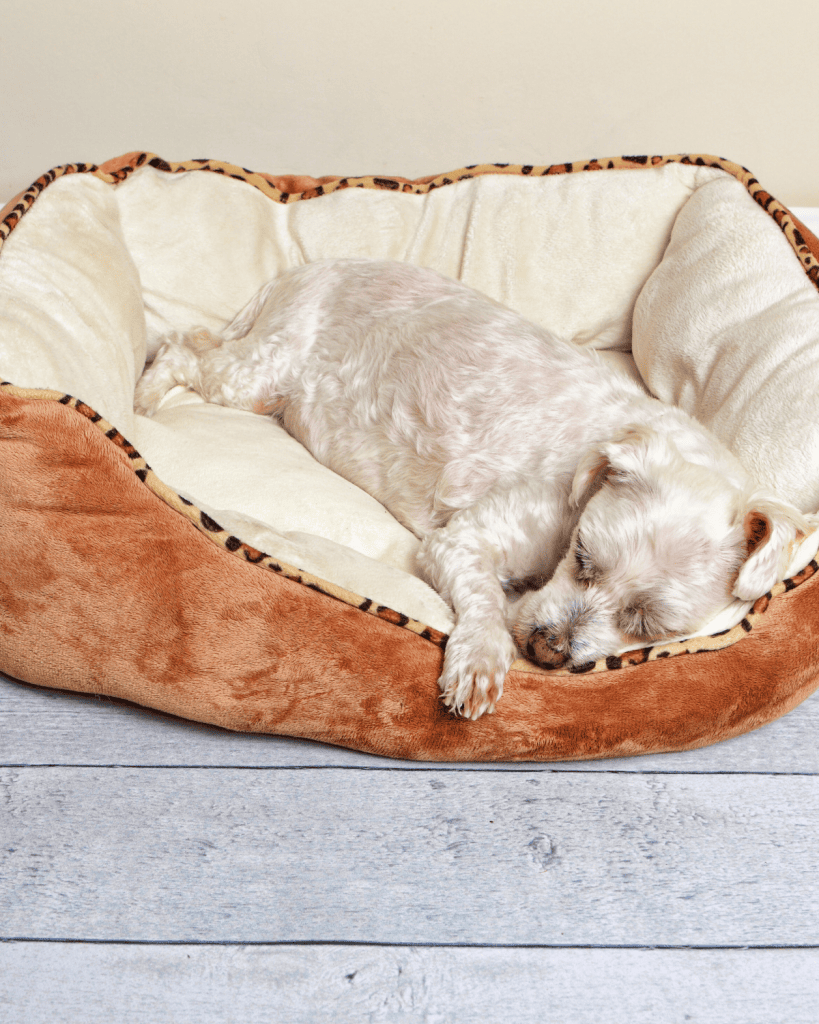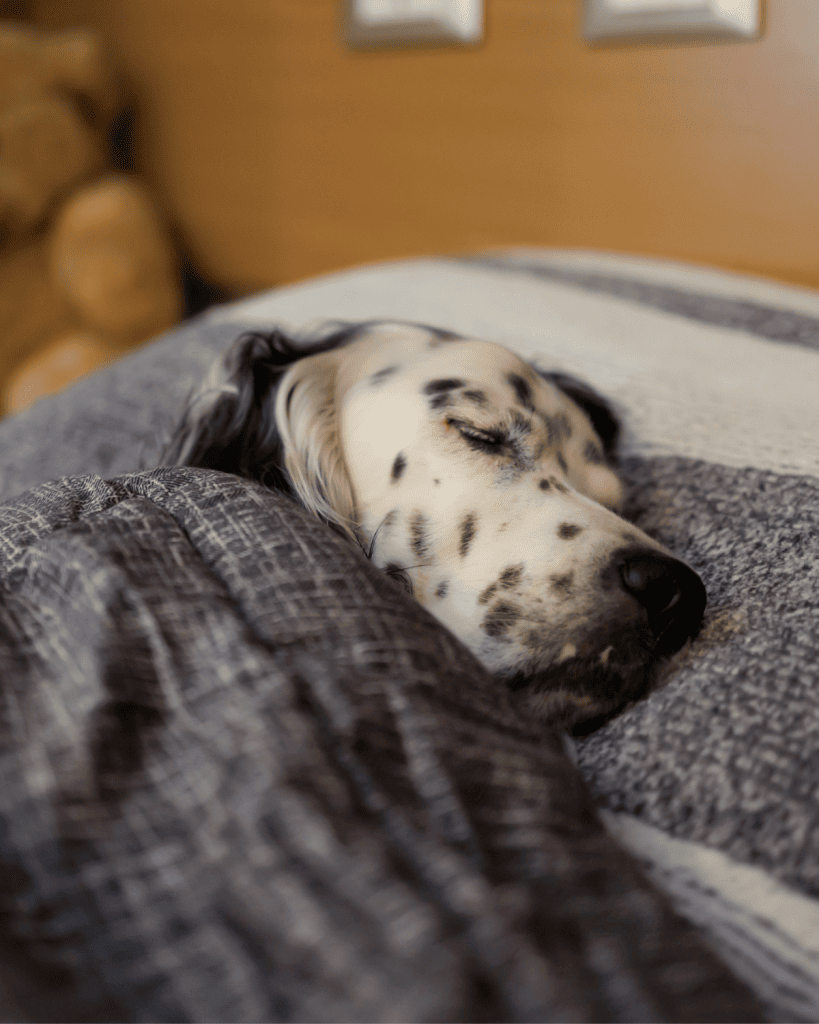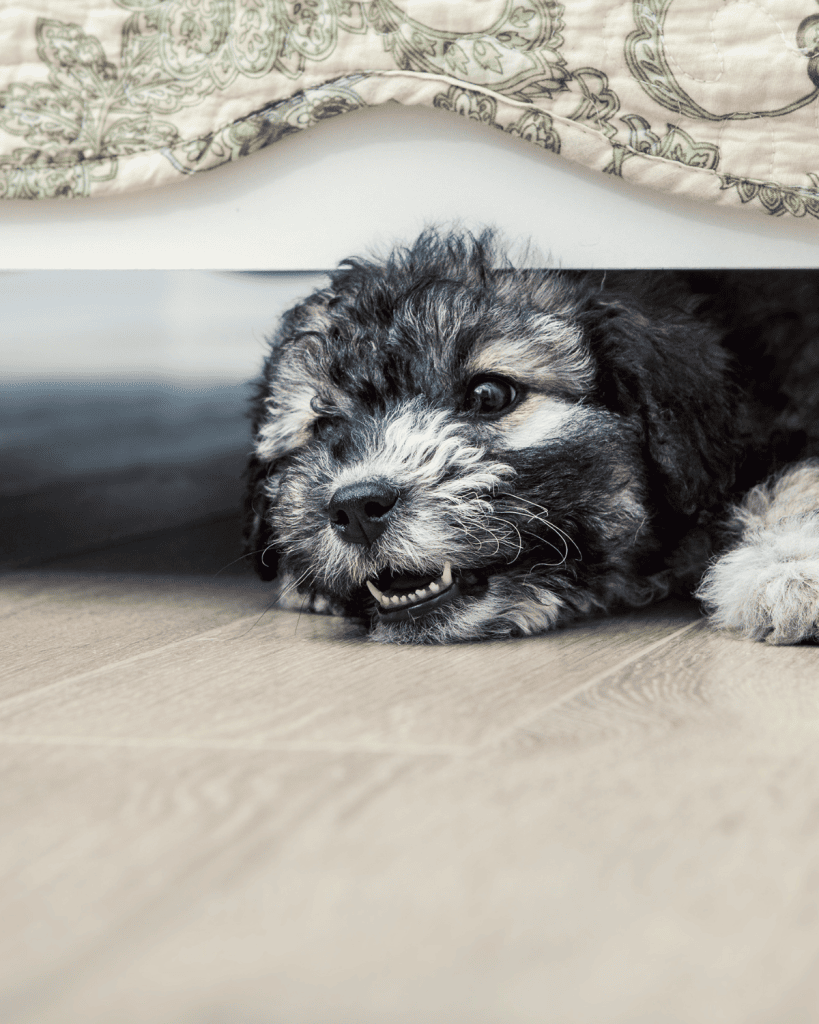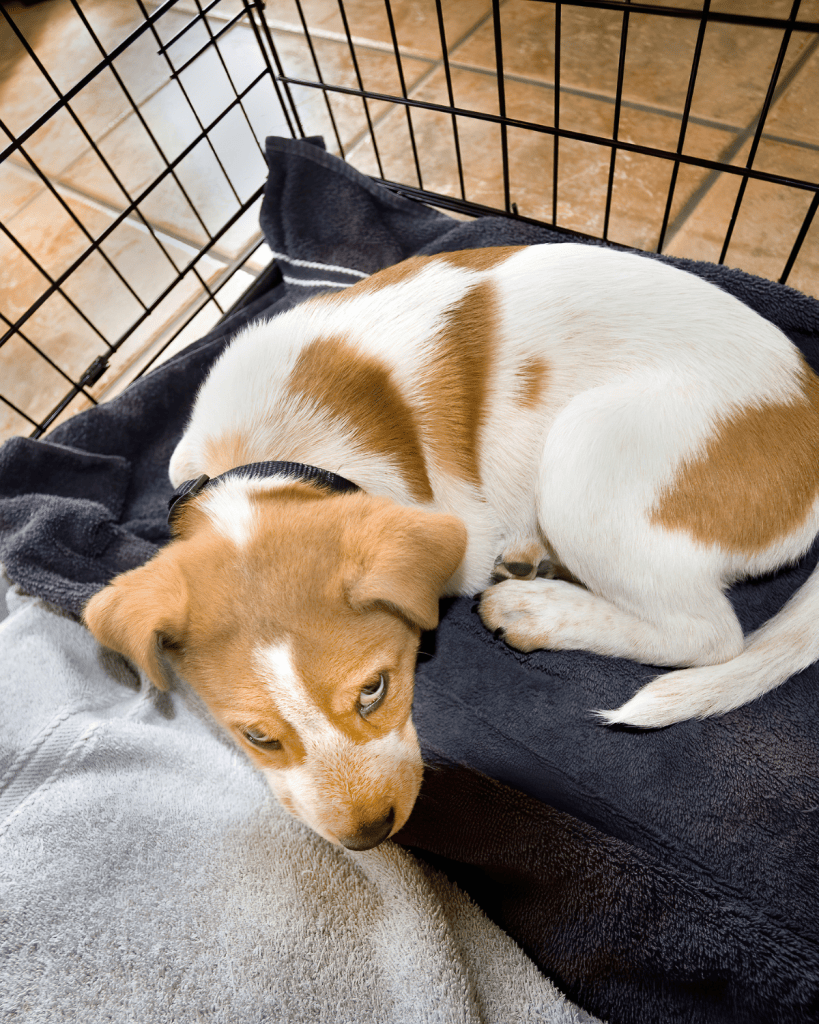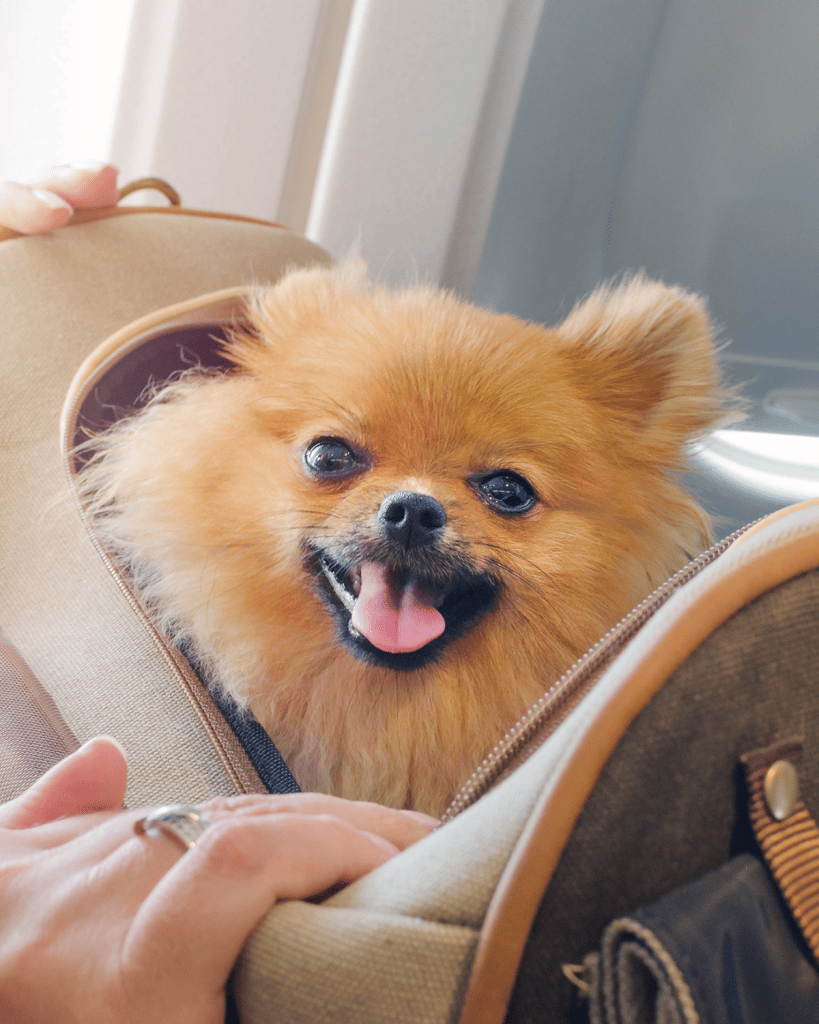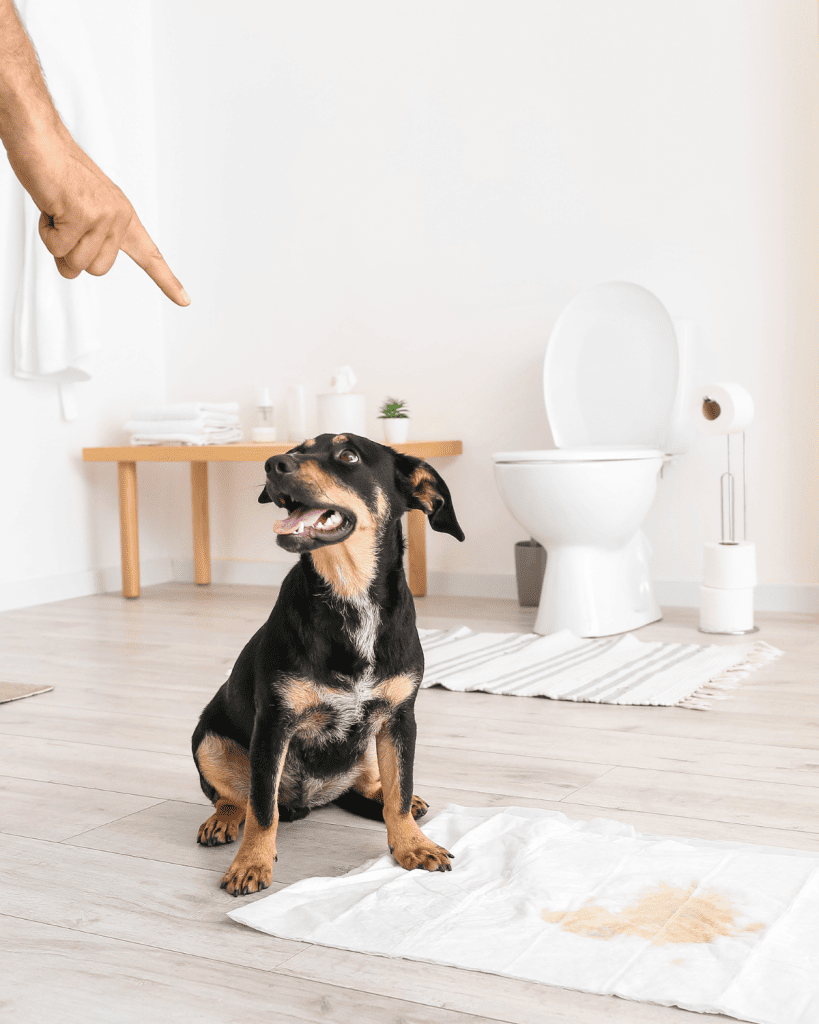How Critical is the Critical Socialization Period?
Socialization is one of the big buzzwords in puppy training, and closely followed by “Critical socialization period” is usually the term used.
When you bring home a new puppy, it’s really hard! There’s a lot of information (and misinformation) out there, and it’s hard to know what to do, but then you find out about the “critical socialization period” and for some puppy parents, it can create some panic that they may have missed it, or a pressure to get it all done now!
As a dog trainer, I try to bust a lot of myths, and this is one of them!
Because the good news is that you can create a well-adjusted adult dog, even if you miss that important period, and whilst it might be a little harder? That’s normal. Exposure to good things cant happen all at once – that’s just life. You’ll always face novel situations in life with your dog.
But let’s go into it! Let’s look at what the critical socialization window is and how even outside of that, we can create a well-socialized puppy or dog by creating a variety of experiences for our dog and just focus on positive reinforcement throughout!
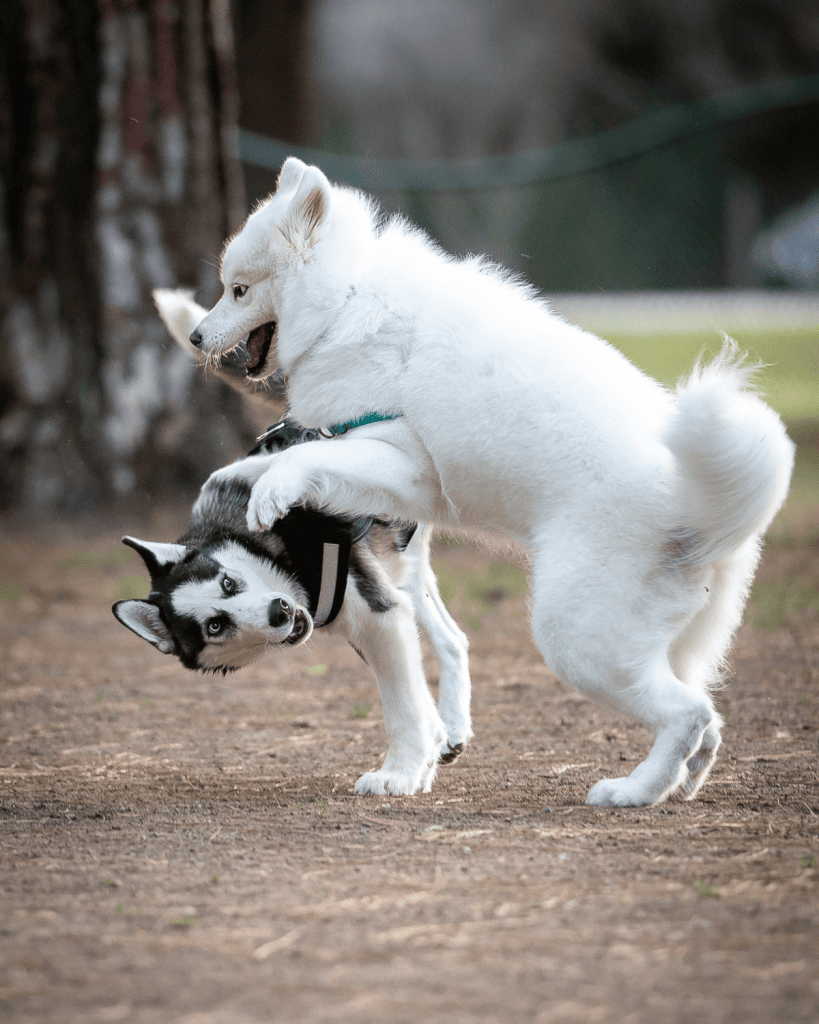
What is The Critical Socialization Window?
The critical socialization window, also known as the critical socialization period or sensitive period, is a really important time frame in a puppy’s early development. The critical period is during this time that they are exceptionally receptive to new experiences and learn to navigate the world around them. This window typically opens at about three weeks of age, when puppies start to engage with their environment, and closes around 12 to 16 weeks. In this formative period, puppies are highly adaptable, absorbing information and learning to socialize with other dogs, humans, and their broader environment.
This is important because it tends to very quickly create a neutral and accepting response to new things, new places, different environments, and new situations. We can really take advantage of this! It is the best time to expose our pups to different situations.
This stage is crucial because the experiences—or lack thereof—during this window can significantly influence a puppy’s behavior as an adult dog. Positive, varied interactions can lead to a well-adjusted and confident adult dog, while a lack of socialization might create a hesitancy, which might develop towards fear, anxiety, and behavioral problems later in life which the more they’re allowed to practice, the more they’re likely to repeat them.

Recognizing the importance of this developmental phase, dog owners are encouraged to expose their puppies to a wide range of stimuli, including different people, environments, sounds, and other animals in a controlled and positive way to promote healthy social development.
The risk, of course, is that our young pups are much more at risk from infectious diseases. However, it’s really good to know that proper socialization can be done before vaccinations, and you can create a confident dog even if you miss the critical window.
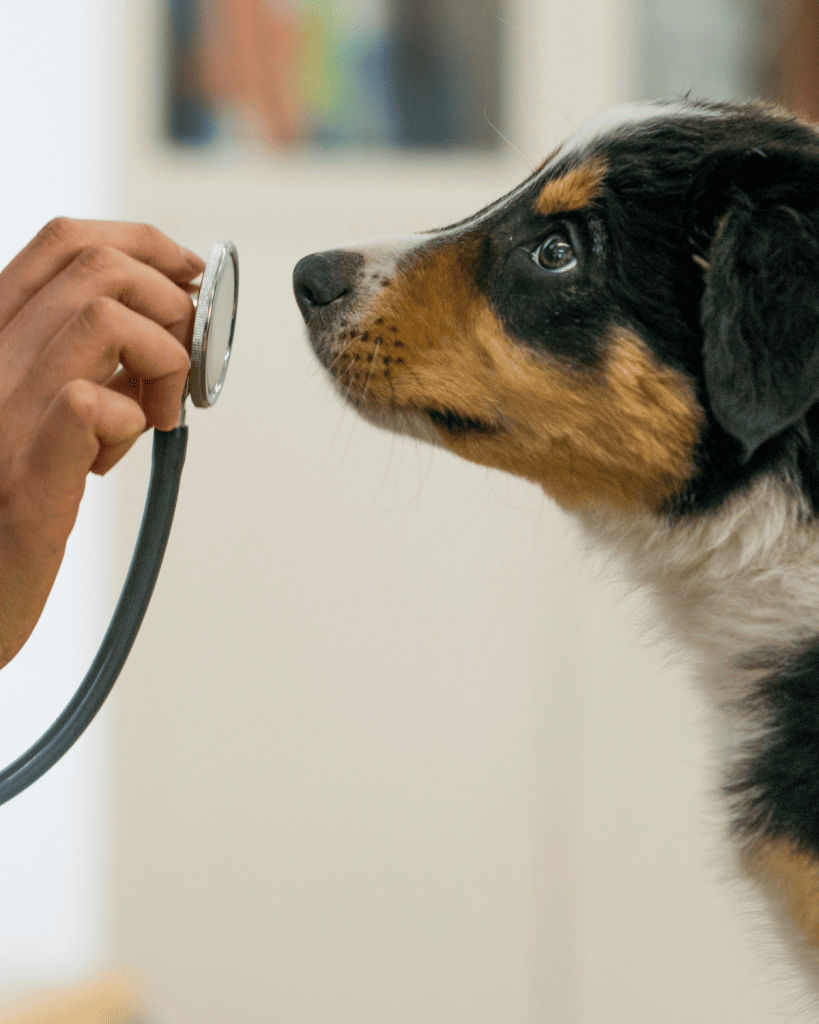
What Happens If You Miss The Critical Socialization Window?
While the critical socialization window is an optimal time for puppies to learn about the world around them, it’s important to highlight that socialization is a lifelong process. A puppy that misses out on experiences during this initial phase can still grow into a well-rounded and sociable dog.
Training and socialization efforts can certainly continue beyond the early weeks. With consistent, positive exposure to new people, pets, and environments, older puppies and adult dogs can still develop the skills to handle new experiences with ease. The key is to use gentle, reward-based training methods that make every new interaction a positive one.
Patience and understanding are crucial. Celebrating small victories and gradually increasing a dog’s exposure to various stimuli can lead to tremendous progress. Additionally, at any stage of a dog’s life, professional trainers can offer invaluable guidance on effectively socializing your canine companion, underscoring the fact that it’s never too late to teach a dog how to be comfortable and happy in the world.
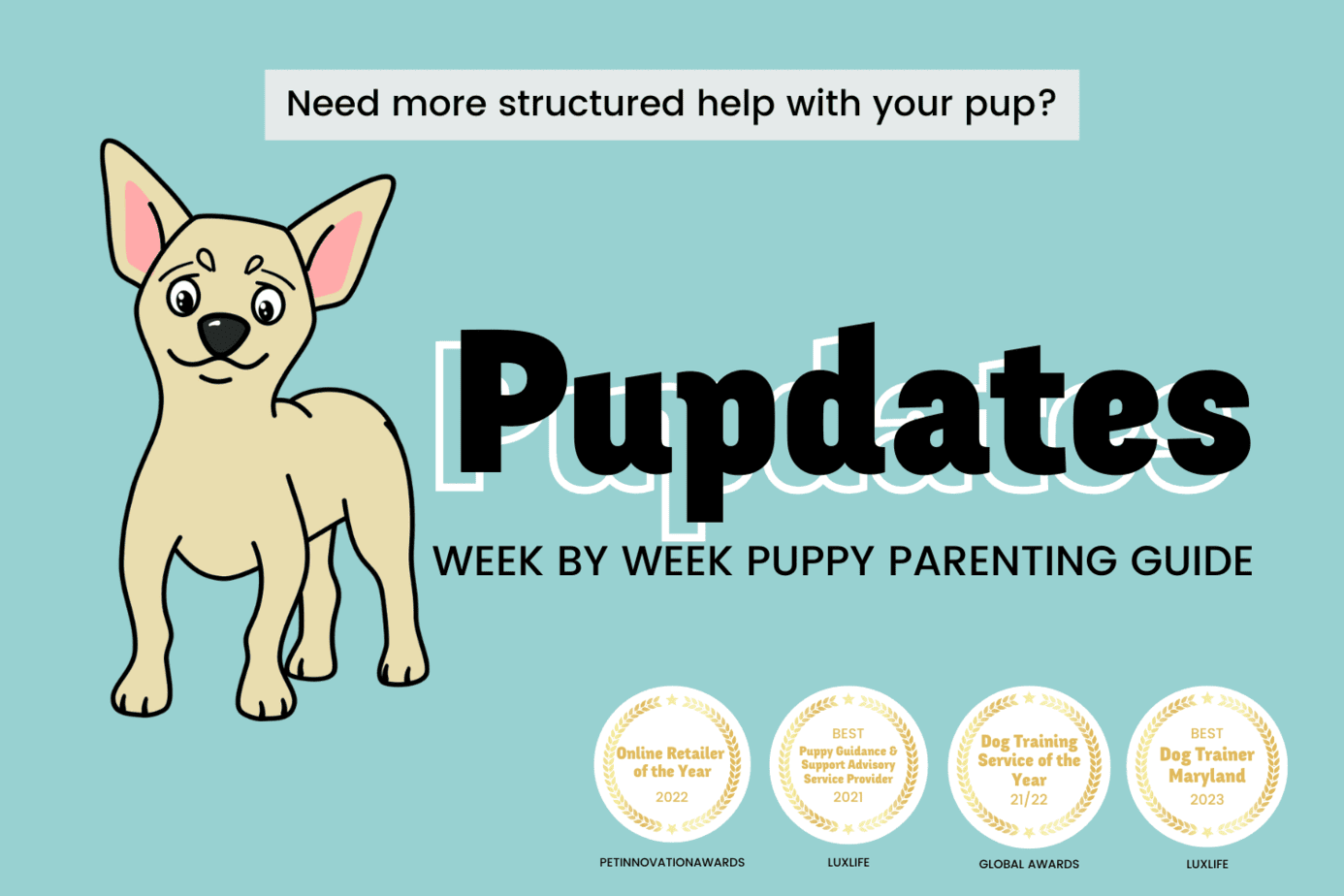
Owners of dogs who missed their early socialization window can attest to the transformative power of positive training, love, and dedication. Many dogs have successfully overcome their initial setbacks, becoming affectionate, adaptable, and well-behaved members of the family.
To achieve successful puppy socialization, active, positive, and consistent involvement is required at every stage. During the critical socialization window and beyond, the way puppies are introduced to new experiences can really shape their character and behavior.
How To Socialize Your Pup (At Any Age)
The key to all socialization is to set them up for success, allowing our dogs to interact cleanly without risk when meeting new dogs, and ensuring that we pair new things, or different sounds with something good, like play or small treats! This way we’re showing them that a new stimuli isn’t something we should be fearful of, whilst still being able to listen to our guardians!
1 – Make a list
Take a little time and make a complete list of what your puppy’s day to day activities involve. Then think about these things practically, what does your puppy need to know? What would be good to know? What will you teach when you get time?
Now, take that list and begin tackling it, step by step!
Tip: one of the big things that gets missed is floor surfaces! Tile, wood, carpet etc all need to be tackled, as do uneven surfaces if possible! They come up more than you might expect. And, shockingly, a weekly walk through the pet store is not going to equate to good socialization, and puppy socialization classes? Can be good or bad depending on who’s leading them.

2 – Exploration of environments
Because this period is when puppies are most receptive, gradually introduce them to various indoor and outdoor environments. This can include common places like parks, pet stores, and streets filled with different sights and sounds. It can also include everyday household events like the vacuum cleaner running, doorbell ringing, or kitchen appliances operating.
Note: Remember the goal of socialization is not becoming a friendly dog, it’s to become an accepting dog. i.e. good socialization (after good breeding) will produce a dog who is world ready.
3 – Introducing to people, animals, and other stimuli
A key aspect of socialization is helping puppies learn to interact not just with humans of all ages but also with other animals. Pets of friends or neighbors (who you know are well vaccinated and friendly) can make good introduction companions. The same goes for interacting with different people, which can help puppies get used to various human behaviors, complexions, and sizes.

4 – Positive experiences
Ensure each new encounter or experience is positive for the puppies. Rewards, praises, or their favorite treats can be used as reinforcement. Remember, it’s not just about exposure, but about creating positive associations with these experiences.
Essential people for socialization
Breeders
The responsibility for initial socialization falls on the breeder. Good breeders start the socialization process from the moment the puppy is born. They handle and gently interact with the puppies, getting them used to human contact. They also start introducing them to various harmless stimuli, paving the way for future socialization steps.
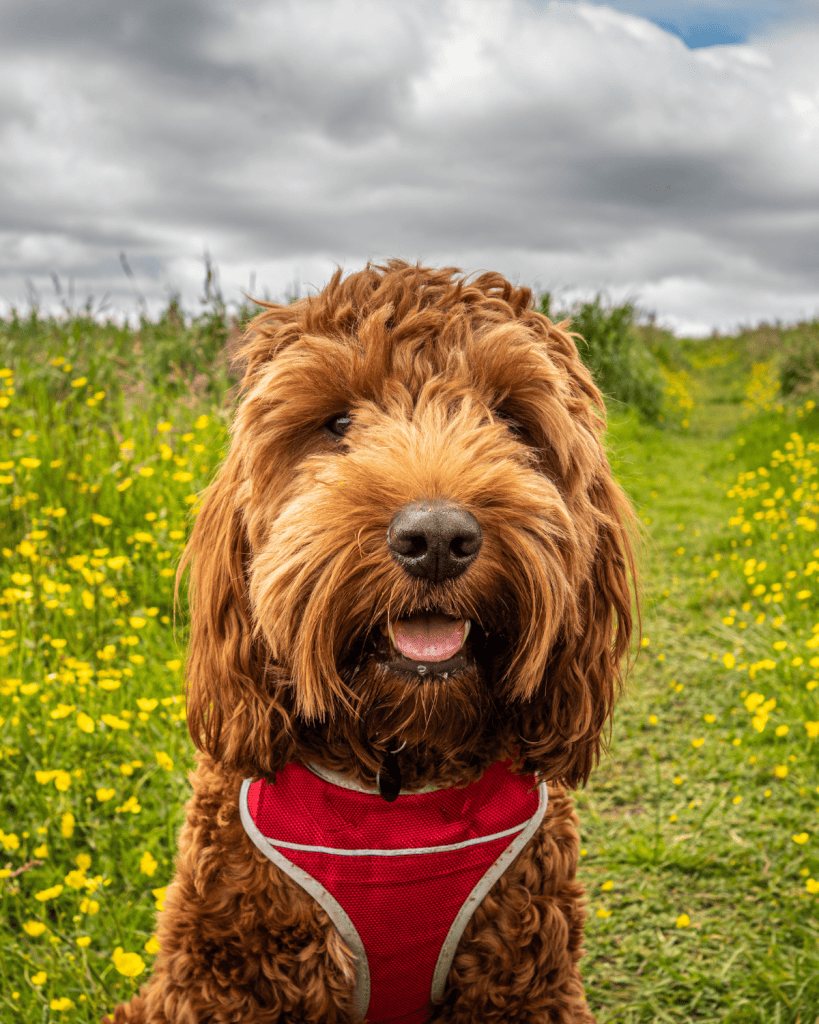
Vets
Veterinarians play a critical role in advising new pet owners about socialization – which is why it’s more than important that they are a great vet. They provide medically sound advice, guide on vaccination schedules, and give health-related recommendations for safe socialization practices. They might even recommend puppy classes or socialization groups.
Pet Owners
As a pet owner, you play the most significant role in your puppy’s socialization journey. Once a puppy is under your care, it becomes your duty to continue, intensify, and regularize its socialization. You control most of the environment, situations, and stimuli the puppy will experience, so it’s up to you to make this exposure as diverse and positive as possible.
Note: “Proper” Socialization is not a preventative for behavior problems
As a professional dog trainer, the most important thing I want you to know right now is that sometimes, no matter how well you do, or don’t do to achieve that well-adjusted dog, when the second fear period comes, sometimes the early experiences just aren’t enough to overcome fears or genetics. This is why a good breeder is far too important.
Slow, considered socialization is the safest option for avoiding behavioral issues, as is your education into things like body language!

Critical, but you can still do it.
Remember that puppy socialization is a critical process can really help your puppy’s temperament and behavior – however the good news is that it’s not impossible to teach an older dog – it’s just a little harder.
Understanding and implementing a structured approach to puppy socialization can set the foundation for a lifetime of positive behavior, secure attachments, and impactful canine-human relationships. Remember, an effectively socialized puppy is not just a joy to be around but also a more confident and stable companion as they navigate the complex world around them.
If you’re ready to take the next step in ensuring your puppy’s socialization journey is a complete success, I highly recommend acquiring our comprehensive socialization guide. Our guide is packed with practical tips, detailed plans, and supportive advice tailored for every stage of your puppy’s growth. Whether you’re a new pet owner or a seasoned breeder, our insights will prove invaluable in fostering an adaptable, happy, and well-behaved dog.
Take action now for the sake of your furry friend – Get your hands on our essential guide to puppy socialization today. Let’s embark on this transformative journey together, crafting a positive future for your adorable new companion.

Author, Ali Smith
Ali Smith is a professional, qualified, and multi-award winning trainer is the founder of rebarkable. She has always believed animals deserve kindness and champions force free methods. Believing that dog guardians will all choose the kindest options if proper information is provided, she aims to help all dog guardians who need it and make dog training as accessible as possible
Ali lives win Maryland, US with her husband and her three dogs.
